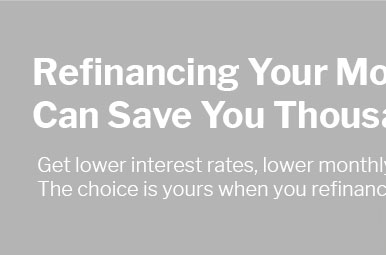 |
 |
 |
 |
 |
|---|
 |
 |
|
|---|---|---|
 |
 |
|
 |
 |
|
 |
 |
 |
 |
 |
 |
Understanding Refinance Closing Costs: A Comprehensive OverviewIn the intricate world of mortgage refinancing, one term that frequently surfaces yet often remains shrouded in mystery is refinance closing costs. These costs can be a significant factor in determining whether refinancing your home is a savvy financial move. As a homeowner considering refinancing options, it's imperative to delve into what these costs entail and how they vary across different refinancing strategies. Refinance closing costs are essentially the fees and charges incurred when you replace your existing mortgage with a new one. While the allure of lower monthly payments or a reduced interest rate can be enticing, understanding the financial implications of these costs is crucial. Typically, these costs range from 2% to 5% of the loan amount, which can add up to a substantial sum, particularly for high-value homes. There are various components within refinance closing costs, each contributing to the overall expense. Loan origination fees are charged by the lender for processing the new loan. They can be negotiable, and it's wise to compare these fees across different lenders. Additionally, you may encounter appraisal fees, which assess the current market value of your home, a necessary step to ensure the new loan amount aligns with your property's worth. Title insurance is another significant cost, protecting against potential disputes over property ownership. While it might seem redundant if you already have an existing policy, a new title insurance policy is typically required for a refinance. Then there's the often overlooked, yet essential, recording fees-charges for registering the new loan with your local government. When comparing refinancing options, it’s beneficial to consider both no-closing-cost refinances and traditional refinances. A no-closing-cost refinance may sound appealing; however, it usually involves the lender absorbing the closing costs in exchange for a slightly higher interest rate. This can be advantageous if you plan to move or refinance again within a few years, as the immediate out-of-pocket expenses are minimized. On the other hand, opting for a traditional refinance with upfront closing costs can be more cost-effective in the long term, particularly if you intend to stay in your home for an extended period. Ultimately, the decision hinges on your financial goals and current circumstances. It’s prudent to weigh the immediate savings against potential long-term expenses. Consulting with a financial advisor or mortgage broker can provide personalized insights tailored to your situation, helping you navigate the complexities of refinance closing costs with confidence. In conclusion, while refinance closing costs can initially appear daunting, a thorough understanding of their components and strategic evaluation of refinancing options can empower you to make informed decisions. Whether you choose a no-closing-cost option for its short-term benefits or a traditional refinance for its long-term savings, the key lies in aligning your choice with your financial objectives and lifestyle plans. As the housing market continues to evolve, staying informed and adaptable will ensure that your refinancing endeavors yield the most favorable outcomes. https://www.businessinsider.com/personal-finance/mortgages/average-refinance-closing-costs
Breakdown of refinancing costs ... When you refinance, you may pay a little less in closing costs than what you paid on your original loan. https://www.reddit.com/r/RealEstate/comments/1brv6tb/on_average_what_is_the_cost_of_refinancing_is_it/
Roughly 2-5k. You can roll it into the price of the loan often. Remember, your initial home purchase rate will be the lowest rate, refinance rates are higher. https://www.chase.com/personal/mortgage/calculators-resources/mortgage-refinance
Looking to refinance? This refinance closing cost calculator helps you estimate your fees and costs so you'll have an idea of what you can expect to pay.
|
|---|